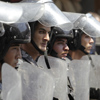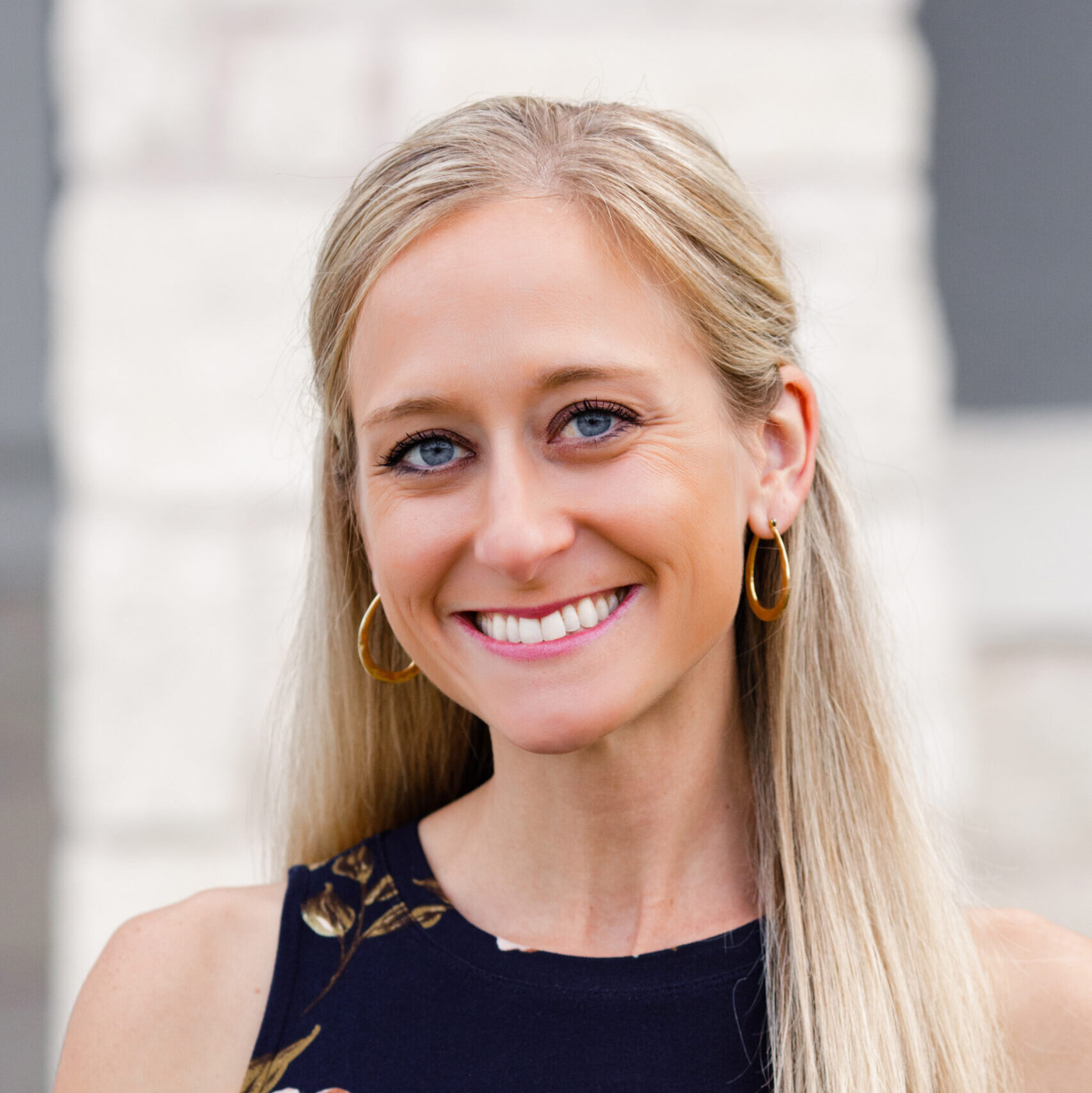As President Barack Obama looks to make a decision about a military strike against Syria, news organizations are trying to help people make sense of the conflict. They’ve been publishing explainers, live chats with experts, and videos that show the tragedy surrounding the conflict.
Here’s some recent coverage that does a good job explaining what’s happening.
- “9 questions about Syria you were too afraid to ask,” by The Washington Post’s Max Fisher. A helpful explainer for those who are confused about what’s taking place there.
- “What will happen in Syria?” a chat with McClatchy foreign affairs correspondent Hannah Allam and Leila Hilal, director of the Middle East Task Force at the New America Foundation.
- The New York Times has published a chronology of the conflict in Syria. It’s also tracking the human toll of the conflict through videos, many of which are painful to watch.
- The Guardian has a good Middle East Live blog that’s been closely tracking the crisis in Syria.
- Al Jazeera America has live updates on the crisis in Syria.
- The Associated Press has created an interactive that’s separated into three main topics: latest developments in Syria; understanding the conflict; and the Syrian state and the rise of the Assad dynasty.
- KPBS’ Tom Fudge talks with Syrian journalist Obadah Alkadri about creating a media free culture in Syria.
- The New Republic’s Nora Caplan-Bricker has written a guide to Syria’s best citizen journalism.
- The Pew Research Center has tracked media-related deaths in Syria from 2011 to 2013. The majority of those who died (73 percent) were citizen journalists.
- The Committee to Protect Journalists’ Jason Stern writes that, despite all the violence, there was a hopeful sign recently: two journalists who were held for months in Syria have escaped.
Here are some AP photos from this week:

- From the AP: “This citizen journalism image provided by Edlib News Network, ENN, which has been authenticated based on its contents and other AP reporting, shows anti-Syrian regime protesters holding a banner and Syrian revolution flags, during a demonstration in Kafr Nabil town, in Idlib province, northern Syria, Friday, Aug. 30, 2013. United Nations experts are investigating the alleged use of chemical weapons in Syria as the United States and its allies prepare for the possibility of a punitive strike against President Bashar Assad’s regime, blamed by the Syrian opposition for the attack. The international aid group Doctors Without Borders says at least 355 people were killed in the Aug. 21 attack in a suburb of Damascus, the Syrian capital. (AP Photo/Edlib News Network ENN)”

- From the AP: “Jordanian anti-riot forces form a chain around a protest by the Jordanian Communist Party and other leftist groups against any American military strike on Syria, in Amman, Jordan, Friday, Aug. 30, 2013. President Barack Obama prepared for the possibility of launching unilateral American military action against Syria within days as Britain opted out. Top U.S. officials spoke with certain lawmakers for more than 90 minutes in a teleconference Thursday evening to explain why they believe Syrian President Bashar Assad’s government was the culprit in the suspected chemical attack last week. (AP Photo/Mohammad Hannon)”

- From the AP: “In this Sunday, Aug. 25, 2013, photo, a Syrian woman who fled her home because of Syria’s civil war prepares a meal in the kitchen as her child looks at the camera at the Kertaj Hotel in Damascus, Syria. Around a dozen families living for months in the Kertaj Hotel and say it has become like a home to them. (AP Photo/Hassan Ammar)”







